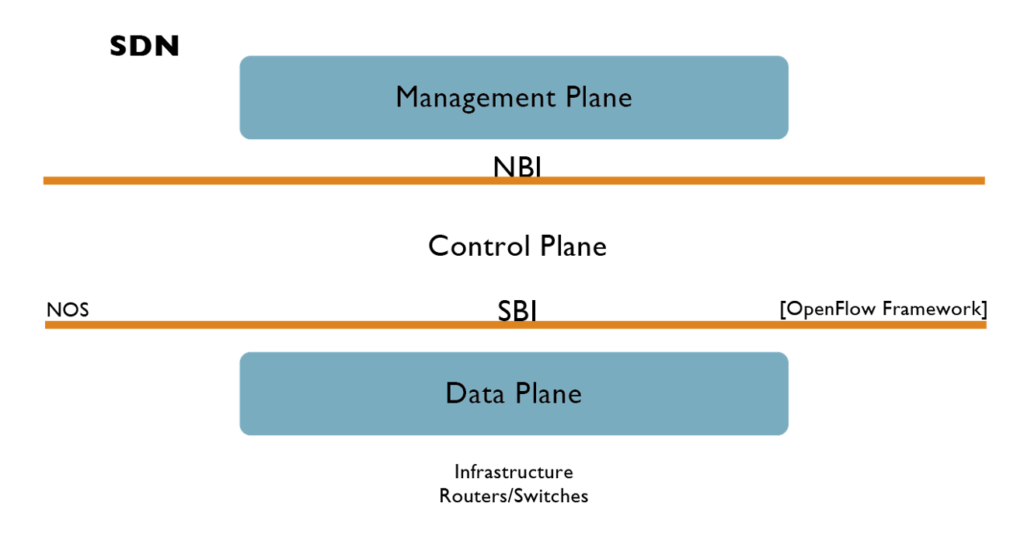Systems and services related to network and communications are not directly related to the cloud. However, network and communication services and the components that make those services possible are integral resources to cloud service and consumption.
Network function virtualization (NFV) and software-defined networking (SDN) are the two ways in which traditional network management and presentation are being realized currently in the cloud.
Network Function Virtualization (NFV)
The modern virtualization of networks and the associated technology is called network function virtualization (NFV), alternately referred to as virtual network function. The objective of NFV is to decouple functions, such as firewall management, intrusion detection, network address translation, and name service resolution, from specific hardware implementation. NFV’s focus is to optimize distinct network services. With the focus on network service management and not hardware deployment, NFV readily supports capacity management since there is a more thorough utilization of resources.
As service providers struggled to keep up with the quick deployment needs and faster growth models, the slowness of hardware-based solutions was exposed. A number of these service providers came together and founded the European Telecommunications Standards Institute (ETSI) and worked to formalize NFV standards. The following benefits are sought for utilizing NFV:
- Support transition from capital expenditure (CapEx) to operational expenditure (OpEx)
- Reduce wait time in time-to-market ventures
- Increase service consumption agility
Software-defined Networking (SDN)
Citing research from the International Data Corporation, Network World stated on July 19, 2017, “IDC estimates the SDN market has grown from a $406 million industry in 2013 to more than a $6.6 billion market in 2017. IDC predicts the SDN market will continue to grow at a 25.4% compound annual growth rate to $13.8 billion by 2021. IDC estimates that SDN is emerging out of the early adopter and into the early mainstream stage of its development.”
Research that came out of Stanford University in California has influenced the perspective that traditional network infrastructure that comprises routers and switches are technology laden and too rigid and slow for the agile needs in the modern business world. To respond to these needs, software-defined networking (SDN) repurposes existing device- and hardware-centric infrastructure and makes it virtual and data centric. The aim is to deliver services rather than to deliver technology.
By abstracting the equipment (routers, switches, and more recently firewalls) reflected in an SDN, a business requirement for resiliency is readily met because the technology serves the data flow and consumption requirements rather than populating an infrastructure. Many of the Tier 1 providers such as Google, Netflix, Oracle, and Amazon are innovating next-generation networks, purchasing and developing solutions without vendor specificity, that have the resilience and flexibility needed to serve their ever-growing customer base. Although the original standard for SDN was OpenFlow, most hardware vendors’ controller devices allow for infrastructure as code (IaC) and can interface with XML, JSON, and other programmability.
The architecture of an SDN is focused on the forwarding of data rather than the function of infrastructure. You can form better resiliency strategies with proactive awareness that the data does not meet optimal needs than with reactive responses to outages.
SDN is defined by three separate planes or layers:
- Management plane: At this plane all the business applications that manage the underlying control plane are exposed with northbound interfaces.
- Control plane: Control of network functionality and programmability is directly made to devices at this layer. OpenFlow was the original framework/protocol specified to interface with devices through southbound interfaces.
- Data plane: The network switches and routers located at this plane are associated with the infrastructure. The process of forwarding data is accomplished at this plane, so it can also be referred to as a forwarding plane.

Related article – Cloud Computing: Compute